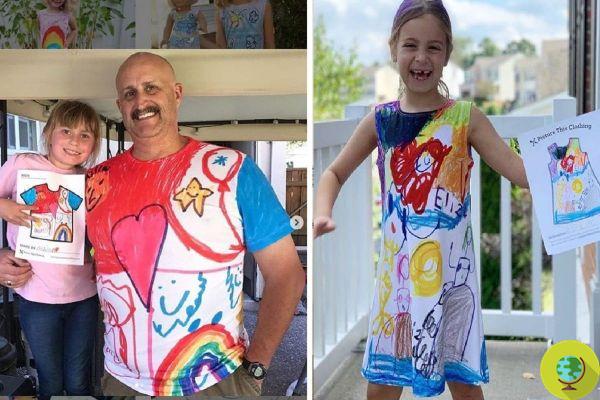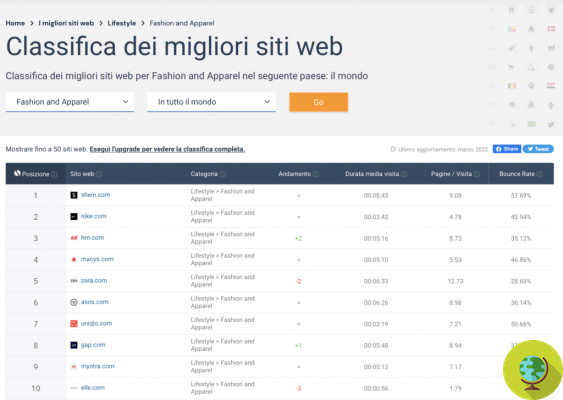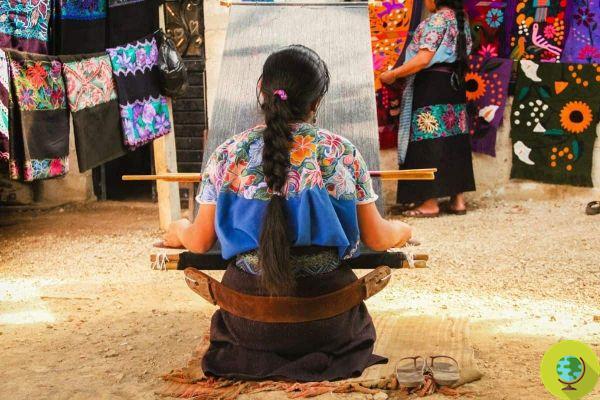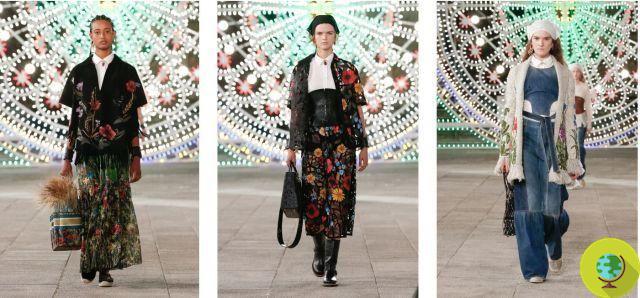
A documentary reveals the true untold story of jeans and their origins, which are lost in the mists of time
Don't store avocado like this: it's dangerousAn iconic garment, an evergreen that conquers people of all ages, versatile, practical, comfortable. We are talking about the timeless jeans, the protagonists of a new documentary that traces their history and origins, shedding light on some hidden truths.
Is titled "Riveted: The History of JeansPremiered on February 7 on PBS, and was born from the collaboration of Anna Lee Strachan and Michael Bicks, both eager to learn more about the history of this timeless garment, which we usually trace back to cowboys and Levi Strauss.
Actually, before cowboys started wearing them, the slaves who worked in the plantations wore denim overalls, then derogatively nicknamed "black fabric" because it could withstand the heaviest jobs, proving to be indestructible.
Its characteristic bluish color came from indigo, a pigment of vegetable origin obtained from a tropical plant native to the Caribbean and West Africa, called Indaco Tinctoria. Plant that the owners of the plantations got to know thanks to the slaves, using it in the crop rotation, together with cotton, tobacco and rice.
Apparently, therefore, the mythical fabric would have more remote origins than we think. Levi Strauss had the merit of making it famous by using it in the production of jeans, initially appreciated above all by miners and other workers as they are particularly resistant.
Equally decisive in this sense was the contribution of the tailor Jacob Davis, who following a customer's request, devised a way to reinforce the pockets of jeans by applying copper rivets. An idea that made his turnover explode by encouraging him to contact Levis Strauss, his supplier, to propose patent jeans with reinforcements on behalf of both. It happened in 1873.
Over the years, jeans conquered an increasingly large slice of the public and from the 30s even wealthy women began to wear them, just for fun. During the Great Depression, farmers in difficulty decided to open their properties to tourists, who here enjoyed playing the role of cowboys by dressing up as such. Upon returning home they brought jeans with them as a souvenir of the experience and it was thus that they gradually became trendy.
In 1953, following Marlon Brando's success in "The Wild One", where he played a young delinquent dressed in a leather biker jacket and cuffed blue jeans, the iconic trousers began to be associated with an out-of-the-way lifestyle. , nonconformist and transgressive. In the 60s they conquered the hippies, becoming a symbol of counterculture, female emancipation and youth rebellion.
Since then they have come a long way, revisited according to the fashions of the moment but still current. It is a pity that their environmental impact is by no means negligible, although fortunately the number of companies opting for sustainable production is growing, favoring more environmentally friendly manufacturing processes and the use of natural fibers or renewable or recycled materials.
In short, jeans will continue to be talked about!
Follow us on Telegram|Instagram |Facebook |TikTok |Youtube
Read also:
- Levi's Red Tap la sneakers that are rich and sold
- Jeans are polluting the world's seas: you can also find denim microfibres in the Arctic
- Comparing jeans, formaldehyde and non-recyclable elastane. Diesel the worst brand in the French test





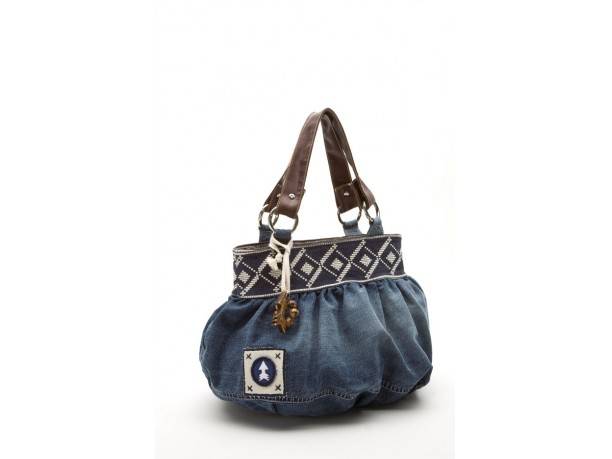




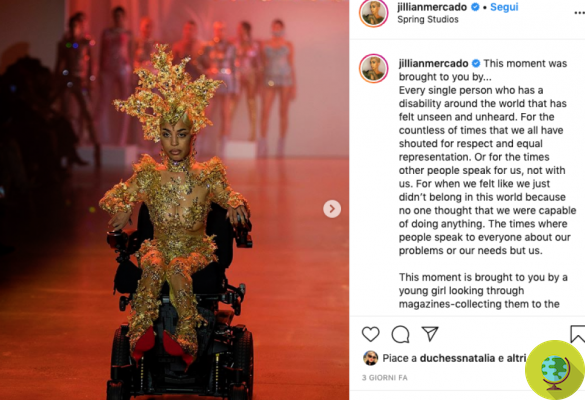




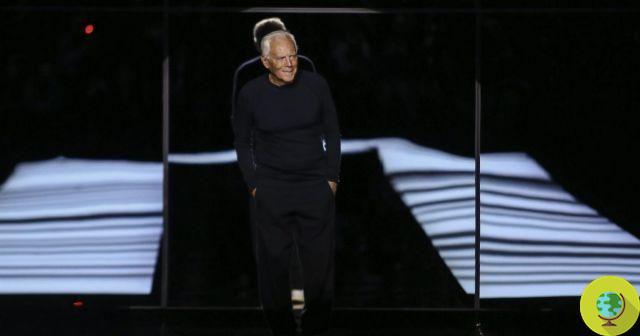

![Vivienne Westwood has a message for all the powerful ahead of COP26 [VIDEO]](/images/posts/221fa8f5dd2d21a4210e6b9071546b56-0.jpg)

